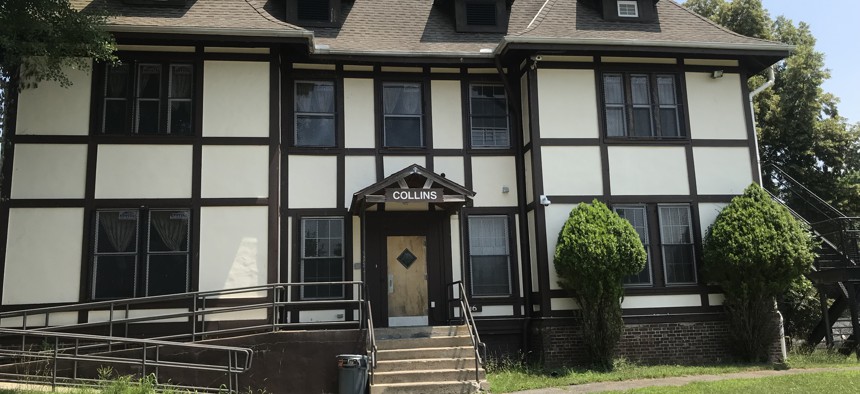Politics
New phase of Close to Home pioneers a shift from corrections to rehabilitation

Zach Williams
With herds of deer punctuating the green expanses of The Children’s Village’s picturesque Dobbs Ferry campus, it’s easy to feel far removed from the harsh realities of the juvenile justice system.
And yet, in a far corner of the sprawling 180-acre property, a newly retrofitted cottage houses two teenagers who are restricted to a tiny fraction of the grounds. They are the first participants in The Children’s Village’s “limited secure placement” program, a new subset of the New York City Administration of Children’s Services’ Close to Home initiative that places teenage offenders closer to their home communities, instead of at detention centers far upstate. The initiative also takes a holistic approach to rehabilitation, combining residential services with therapeutic treatment and instruction from New York City Department of Education-certified teachers.
While The Children’s Village has spent two years as a Close to Home provider, LSP presents a notable shift. Unlike youth in the first phase of the program – called “non-secure placement,” or NSP – LSP youth cannot leave the confines of their cottage and the area directly surrounding it, which is surrounded by unscalable 12-foot fencing and closely monitored by security personnel. They can’t go on trips or home visits, or interact with other youth on The Children’s Village’s campus. For several months, a cramped two-story building is their bedroom, their classroom and everything in between.
To read the full article, visit our sister publication, New York Nonprofit Media.
